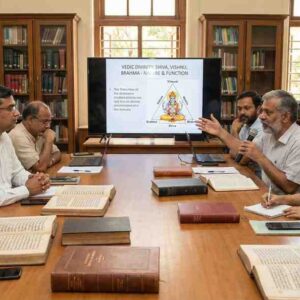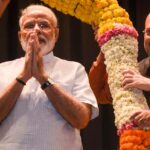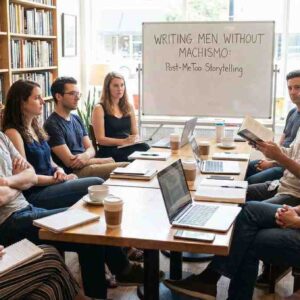Is Virality Killing Musical Integrity?
Mumbai – 2025
It begins with a 15-second clip—a catchy beat, a recycled hook, or a slowed-and-reverbed voice set to a trending reel. Within hours, it’s everywhere: lip-sync videos, dance challenges, product ads, meme pages. The song goes viral. But often, by the time it becomes a hit,no one remembers who made it—or why.
This is the new reality of India’s music ecosystem—where virality, not artistry, is shaping success. As YouTube views and Instagram Reels dictate what charts and what fades, the question looms:
Is the search for clicks coming at the cost of craft?
The Anatomy of a Viral Hit
Most viral tracks today are built for:
- Instant gratification: Strong hook within 3–5 seconds
- Loopability: A beat or drop that can repeat seamlessly
- Trend compliance: Lyrics tied to relatable emotions or memes
- Visual compatibility: Works well with slow-mo, transitions, or dance challenges
These structural tweaks have turned music from a listening experience intoa background utility for attention economies.
Remix Culture: Innovation or Imitation?
A large chunk of India’s viral music today comes not from original compositions, but fromremixed classics.
Examples include:
- Mera Dil Ye Pukare Aaja (viral remix by a Pakistani TikTok creator)
- Tip Tip 2.0, Dilbar 2.0, Yeh Kaali Kaali Aankhen Remix
These tracks often overshadow the original versions, reducing decades-old compositions totempo shifts and dance drops.
While remixing can be creative when done thoughtfully,most viral versions are algorithm-driven, not emotion-driven.
The Rise and Fall of Musical Shelf Life
In the pre-digital era, songs built legacies. Today, they chase trends.
- A track may top charts for a week—then vanish without trace
- Streaming success is no longer tied to lyrical depth or vocal mastery
- Music is consumed through 15-second clips, not full-length albums
Even celebrated artists now release“Reel edits” of their songsas part of official marketing—prioritizing virality over sonic structure.
Impact on Artists and Artistry
This shift has significant effects:
- Independent artists struggle to promote full songs when platforms reward short-form trends
- Lyricists and composers are pushed to write “Instagrammable” lines
- Vocals are increasingly autotuned and pitch-optimized for algorithmic clarity—not performance soul
Several artists, includingPrateek Kuhad,Anuv Jain, andNeha Bhasin, have voiced concerns about the“flattening” of musical identityin pursuit of streams and shares.
The Platform Paradox
Ironically, platforms like YouTube Shorts and Instagram Reels have also enabled discovery for thousands of artists.
But they’ve also created a system where:
- Content creation trumps composition
- Visual virality determines audio recall
- The success of a song depends more on a dancer or influencer than the artist who made it
Where Do We Go From Here?
Indian music needs acreative recalibration:
- Encourage full-length listening
- Reward musical depth through platform algorithms
- Re-invest in music videos that elevate storytelling—not just dance steps
- Celebrate artists for consistency, not just viral moments
The Final Note
Virality is not inherently bad—but when it becomes the sole benchmark,musical integrity becomes a casualty.
The challenge ahead is not to fight virality—but toanchor it in something meaningful, lasting, and emotionally honest.
Because in a culture that forgets yesterday’s trend by tonight,only music with soul can truly echo beyond the scroll.













